 | Edit: comments are sorted by controversial, so if you scroll to the comments you'll see a lot of toxicity (these are by definition the most up and downvoted comments). Some of it is fair criticism, but I'd also recommend sorting by hot/best to see the actual best takes on the article :) Hey all. I originally wrote this intended as an article for those new to crypto and Nano, but figured you might enjoy it here as well. Comments welcome First off, to understand the excitement about Nano, all you need to do is try it out for yourself, within 2 minutes.
To fully appreciate Nano’s speed and ease of use, it’s recommended to get a second wallet on the side, like www.nault.cc in your browser, or Nalli as a second app on your phone. Nano tends to transfer faster than you can switch screens. Try sending some from one wallet to the other and see for yourself. Sending to yourself like this doesn’t seem impressive, but the transfer you just did is possible from and to anyone, anywhere, anytime, with no one able to stop your transfer and not a cent paid in fees. It’s secure, borderless and uncensorable money, open to anyone. A short history of cryptocurrency Cryptocurrency started with Bitcoin. Created by Satoshi Nakamoto, Bitcoin solved the challenge of how to have digital money that could not be copied. It offered a form of money that no one party could print more of, or block transfers of. In doing so it offered a way to transact, internationally, without relying on (central) banks, accessible to anyone with an internet connection. This was an attractive proposition following 2008. At the time, many banks were being bailed out, while central banks printed a lot of extra currency to support these bailouts. This money printing hasn’t stopped since, leading many people to conclude that as extra dollars and euros are being printed, the dollars and euros they hold are becoming worth less and less over time. Bitcoin transaction cost and speed However, Bitcoin comes with its own share of issues. Transfers take, on average, over 2 hours, while being incredibly expensive, and Bitcoin uses more energy than some countries. It doesn’t scale, with capacity maxing out at roughly 7 transactions per second, and due to the fees and waiting times is practically unusable as currency. While a beautiful idea, as a means of payment it has failed. Enter Nano Nano’s primary developer, Colin LeMahieu, was enthusiastic about the possibilities that a self-sovereign form of money like Bitcoin offered. However, he was frustrated with the inefficiencies in (then) current cryptocurrencies. In 2014, he began development on a new cryptocurrency. The goal was to create a cryptocurrency that could be used for daily payments by everyone, without the carbon footprint that comes with Bitcoin. To accomplish this, Colin came up with a new architecture for Nano. Rather than having one big blockchain, where everyone competes for space in the next “block” to be mined, Nano utilises something called the Block Lattice. Instead of competing for space, users add blocks to their own chain and broadcast this addition to the network. Nano combines the block lattice architecture with Open Representative Voting (ORV). Every Nano holder votes for a Representative using their Nano balance. Anyone can be a Representative, and anyone can change their vote at any time. These Representatives confirm transactions (67% consensus needed) as soon as they see a transaction, which means that Nano’s speed is mostly limited by internet connection latency (practically the speed of light). This is what allows the Nano network to confirm transactions within a second. In mining, energy is expended to be the first to mine a block. In Nano, there is no such competition. Because there are no mining rewards and no fees, the network is cooperative. In mining chains, hardware resources are used for competition. In Nano, every available resource is used to confirm transactions as securely and quickly as possible. If Representatives upgrade their hardware, the throughput of the Nano network increases. This focus on pure efficiency and lack of waste makes Nano a green option that uses very little energy. Summarising, Nano uses a block lattice where each person has their own chain, rather than one big chain. Anyone can add blocks to their own chain, at any time, and Representatives (validators) confirm these transactions as soon as they see them. Because of this, Nano manages to be instant, feeless, scalable, and incredibly energy efficient. Spam in Nano Because Nano is feeless, many people believe that Nano is vulnerable to spam. There is some truth to this. Nano was spam attacked recently, leading to degraded performance of the network. However, there are a few reasons that thinking Nano can (still) easily be spammed is mistaken:
Conceptually, this defeats transaction flooding attacks by making it cost prohibitive to congest the network (i.e. you would need 50% of the supply to consume 50% of the throughput). The groundwork for implementing this operationally was laid in v22, but the final implementation is expected in the next update (v23). The goal of Nano Nano is intended to be digital money for the modern world. It was freely given away to anyone willing to solve captchas. Because of this, Nano was distributed broadly and fairly, mostly to people in poorer countries. Because of its feeless nature, it’s well suited for lower-income countries. Because of being instant, it works as a medium of exchange, as money. Because there are no fees and there is no inflation, no money is lost when either storing value in Nano, or when using Nano. The vision of Nano is broad. It allows for cheap remittances. Foreign workers pay an average of 6.8% in fees to transfer money home. Nano can do this far more efficiently, both at lower cost and faster. It allows merchants to start accepting payments anywhere in the world, instantly, without fees. It enables streamers to receive feeless tips, enables anyone creating art or self-publishing to instantly take small (or large) payments for their works. It enables anyone suffering from hyperinflation to securely store their money in a currency whose supply can’t be increased. It allows charities to take donations from all over the world. This means less money going to middlemen, and more money arriving directly where it’s needed. Nano makes money efficient, frictionless, secure and borderless. So why hasn’t this taken off yet? I’m speculating here, but I think that many people have heard of Bitcoin. If you’ve spoken to someone about cryptocurrency, there’s a good chance they mentioned Bitcoin. Most people see Bitcoin just as an investment. A fraction of those who invest in it actually try to use Bitcoin, and most that do conclude that Bitcoin is slow and clunky. To many people, Bitcoin = cryptocurrency, and therefore all cryptocurrency must be slow and clunky. Nano’s claims seem outlandish after having experienced Bitcoin, and it’s easy to dismiss Nano as too good to be true. Hence my instruction, at the start of this post, on how to try Nano out for free, within 2 minutes. Since you probably skipped over it the first time, I’d like to end this article by saying that you spent so long reading this, you might as well try it out, for free!
That’s all! To really try it out I’d recommend getting a second wallet such as Nault (web-based) or Nalli, then sending some Nano from your first wallet to the second. Most people that try Nano come into the Nano subreddit asking why Nano isn’t bigger yet. This is exactly why. Most don’t know about Nano yet, most haven’t tried it out yet. Nano has no marketing budget, no ads, no venture capital funding. Its marketing consists of Nano enthusiasts spreading the word, relying on word-of-mouth and organic growth. It relies on businesses starting to accept Nano payments because it saves on costs for them, on people using it because it’s the most efficient option. This tends to start off slower, but given the explosive growth in Reddit subscribers, the rapid addition of businesses accepting Nano, and the constant increase in projects built on Nano it seems faster growth is starting. All it takes to convince someone of Nano’s potential is to have them try it. That seems like a strong potential for growth to me. I hope this article helped answer some basic questions about Nano. We Nano enthusiasts welcome anyone who wants to talk about Nano on www.reddit.com/r/nanocurrency. Thanks for reading, comments and questions are always very welcome! Edit: comments are sorted by controversial, so if you scroll to the comments you'll see a lot of toxicity (these are by definition the most up and downvoted comments). Some of it is fair criticism, but I'd also recommend sorting by hot/best to see the actual best takes on the article :) [link] [comments] |

You can get bonuses upto $100 FREE BONUS when you:
💰 Install these recommended apps:
💲 SocialGood - 100% Crypto Back on Everyday Shopping
💲 xPortal - The DeFi For The Next Billion
💲 CryptoTab Browser - Lightweight, fast, and ready to mine!
💰 Register on these recommended exchanges:
🟡 Binance🟡 Bitfinex🟡 Bitmart🟡 Bittrex🟡 Bitget
🟡 CoinEx🟡 Crypto.com🟡 Gate.io🟡 Huobi🟡 Kucoin.
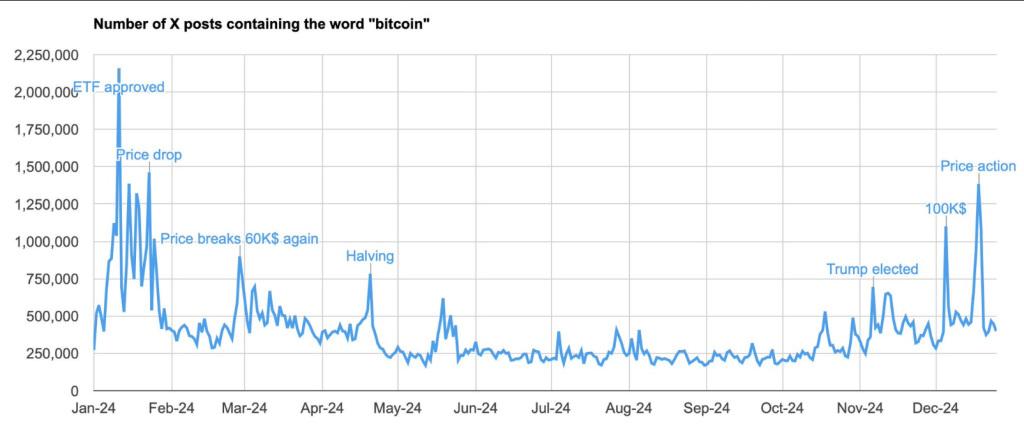
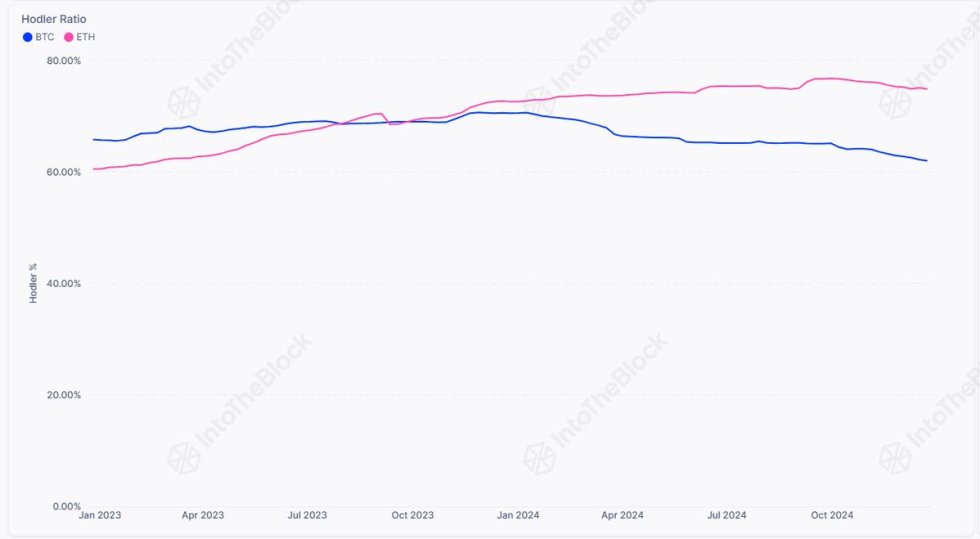







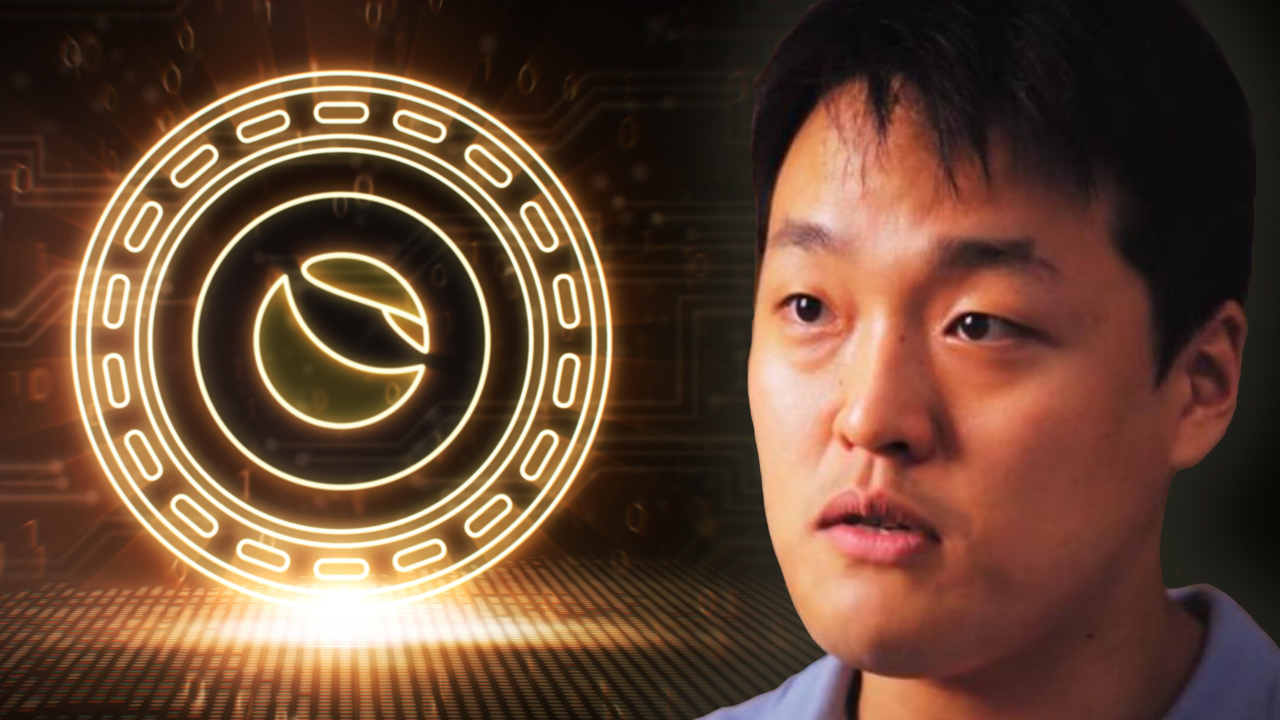

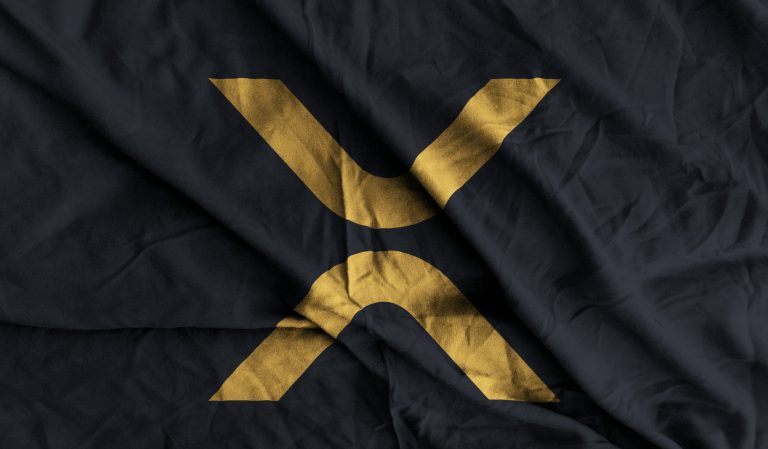
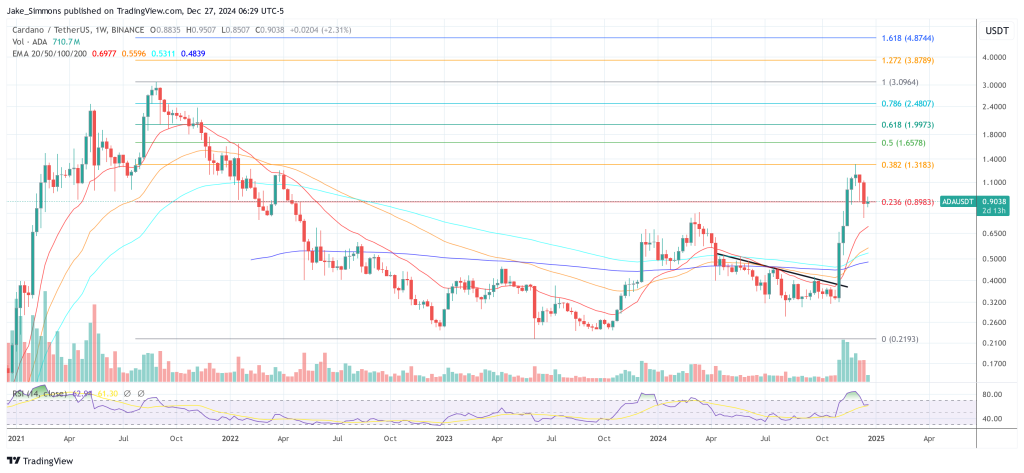


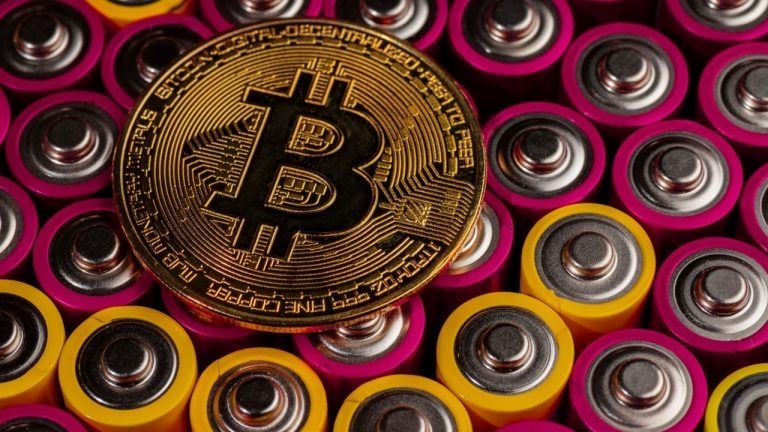




Comments